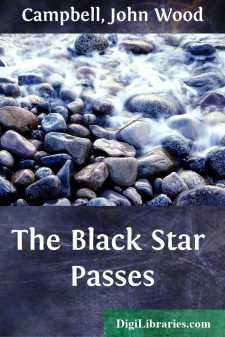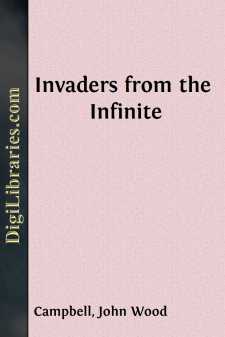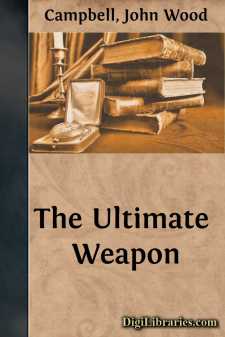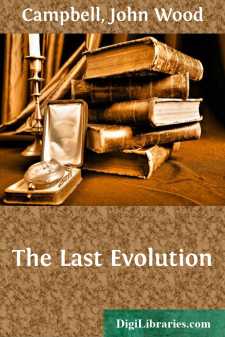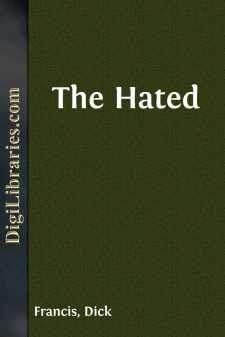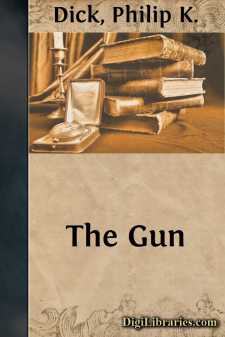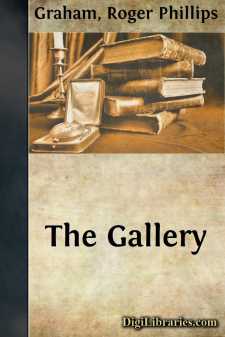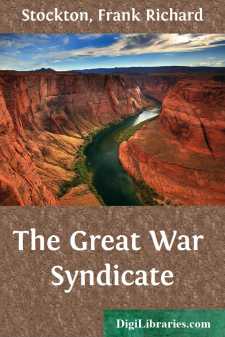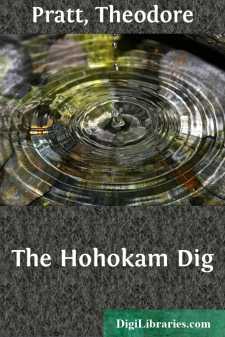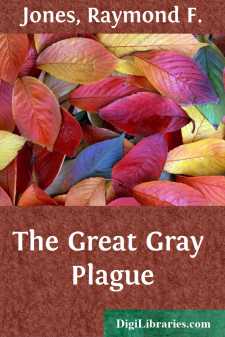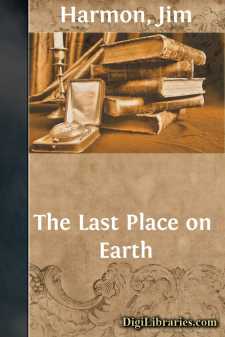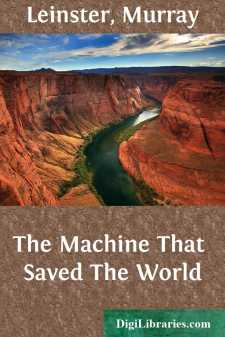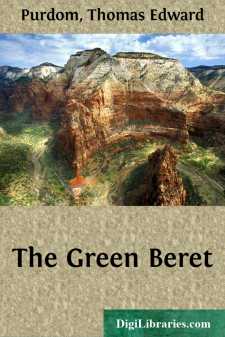Categories
- Antiques & Collectibles 13
- Architecture 36
- Art 48
- Bibles 22
- Biography & Autobiography 813
- Body, Mind & Spirit 142
- Business & Economics 28
- Children's Books 14
- Children's Fiction 11
- Computers 4
- Cooking 94
- Crafts & Hobbies 4
- Drama 346
- Education 46
- Family & Relationships 57
- Fiction 11829
- Games 19
- Gardening 17
- Health & Fitness 34
- History 1377
- House & Home 1
- Humor 147
- Juvenile Fiction 1873
- Juvenile Nonfiction 202
- Language Arts & Disciplines 88
- Law 16
- Literary Collections 686
- Literary Criticism 179
- Mathematics 13
- Medical 41
- Music 40
- Nature 179
- Non-Classifiable 1768
- Performing Arts 7
- Periodicals 1453
- Philosophy 64
- Photography 2
- Poetry 896
- Political Science 203
- Psychology 42
- Reference 154
- Religion 513
- Science 126
- Self-Help 84
- Social Science 81
- Sports & Recreation 34
- Study Aids 3
- Technology & Engineering 59
- Transportation 23
- Travel 463
- True Crime 29
The Black Star Passes
Categories:
Description:
Excerpt
THREE AGAINST THE STARS
A sky pirate armed with superior weapons of his own invention....
First contact with an alien race dangerous enough to threaten the safety of two planets....
The arrival of an unseen dark sun whose attendant marauders aimed at the very end of civilization in this Solar System....
These were the three challenges that tested the skill and minds of the brilliant team of scientist-astronauts Arcot, Wade, and Morey. Their initial adventures are a classic of science-fiction which first brought the name of their author, John W. Campbell, into prominence as a master of the inventive imagination.
JOHN W. CAMPBELL first started writing in 1930 when his first short story, When the Atoms Failed, was accepted by a science-fiction magazine. At that time he was twenty years old and still a student at college. As the title of the story indicates, he was even at that time occupied with the significance of atomic energy and nuclear physics.
For the next seven years, Campbell, bolstered by a scientific background that ran from childhood experiments, to study at Duke University and the Massachusetts Institute of Technology, wrote and sold science-fiction, achieving for himself an enviable reputation in the field.
In 1937 he became the editor of Astounding Stories magazine and applied himself at once to the task of bettering the magazine and the field of s-f writing in general. His influence on science-fiction since then cannot be underestimated. Today he still remains as the editor of that magazine's evolved and redesigned successor, Analog.
Piracy Preferred 11Solarite 71The Black Star Passes 145
INTRODUCTION
These stories were written nearly a quarter of a century ago, for the old Amazing Stories magazine. The essence of any magazine is not its name, but its philosophy, its purpose. That old Amazing Stories is long since gone; the magazine of the same name today is as different as the times today are different from the world of 1930.
Science-fiction was new, in 1930; atomic energy was a dream we believed in, and space-travel was something we tried to understand better. Today, science-fiction has become a broad field, atomic energy—despite the feelings of many present adults!—is no dream. (Nor is it a nightmare; it is simply a fact, and calling it a nightmare is another form of effort to push it out of reality.)
In 1930, the only audience for science-fiction was among those who were still young enough in spirit to be willing to hope and speculate on a new and wider future—and in 1930 that meant almost nothing but teen-agers. It meant the brightest group of teen-agers, youngsters who were willing to play with ideas and understandings of physics and chemistry and astronomy that most of their contemporaries considered “too hard work.”
I grew up with that group; the stories I wrote over the years, and, later, the stories I bought for Astounding Science Fiction changed and grew more mature too. Astounding Science Fiction today has many of the audience that read those early stories; they're not high school and college students any more, of course, but professional engineers, technologists and researchers now....


